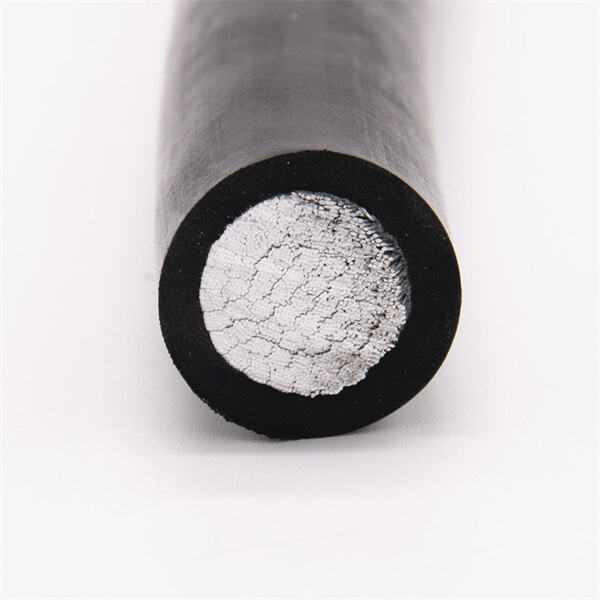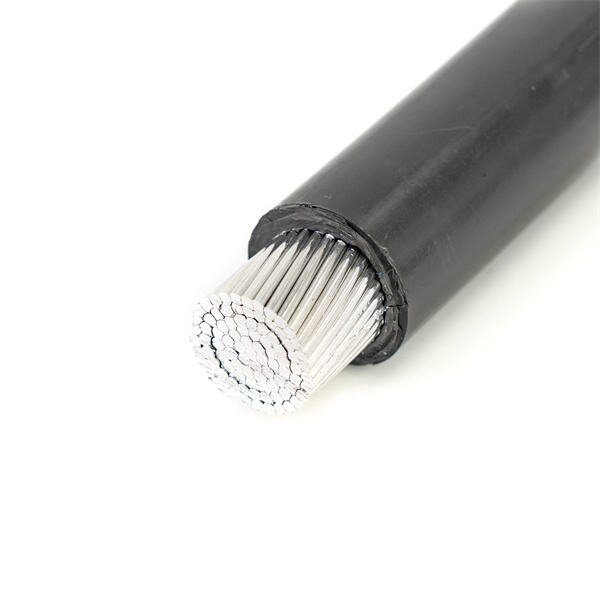Stranded wire is a variety of electrical wire consisting of multiple small wires twisted or braided together. This design gives tensile and compressive strength to the wire. It is used in many places. Other wires can be varying size (thickness) and materials depending on what the project calls for.
Stranded wire has many applications in electrical work for good reasons. One massive advantage is its flexibility. That makes it more pliable and better to cram into tight spaces. Another reason stranded wire is also less likely to break and thus lasts longer is that it is flexible.
Stranded wire also carries a lot of electricity. Because it is made up of hundreds of small wires, it has a larger surface area than solid wire. This means that it can conduct electricity better, so it is the best choice for devices that need a steady flow of electricity, especially high-powered ones.
The material of the wire: This is also very important. Stranded wire is usually made of copper because copper is a good conductor of electricity and is very strong. You can also find specialty types, such as aluminum. But remember — you need to pick a wire that is capable of handling your electrical system without issue, so that your entire system runs smoothly.

The stranded wire is commonly used in telecommunication and data transmission. This is due to its versatility and durability. Stranded wire in these areas interconnects various elements of the system, such as routers, switches, and servers. It is so flexible that it will easily squeeze into tight spaces, and so strong that the connection will be solid.

The following are some tips to work with stranded wire. Tip #1 First, when stripping the ends of the wire do take necessary precautions You are trying to strip the smaller wires without damaging them. You can use either a wire stripper or a utility knife, but make sure you don’t cut too deep.

After stripping the wires, twist them tightly together to create a solid connection. This helps maintain the integrity of the wires to prevent them from loosening or damage. Always refer to the instructions for connecting the wire to terminals or connectors, ensuring a secure connection.